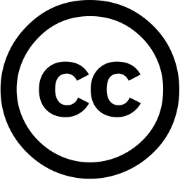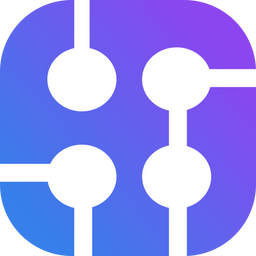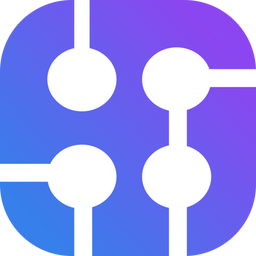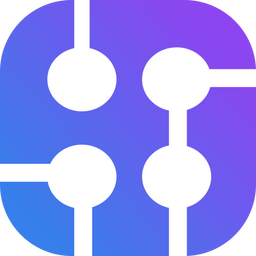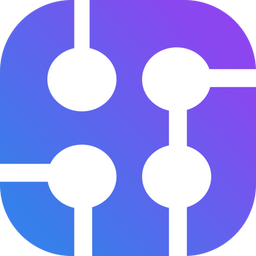In a world driven by visual content, having access to a vast and diverse library of images is more valuable than ever. Whether you're training a machine learning model, conducting market research, or fueling your creative projects, manually saving images one by one is quite a tedious task. This is where web scraping comes in, and SerpApi makes it quite simple to efficiently gather image data from the world's top search engines.
Let's look at different use cases for scraping images and explore how you can use SerpApi's collection of APIs to scrape images from a variety of search engines - Google, Bing, Yahoo, DuckDuckGo, Yandex, and Naver.
Why Scrape Images at Scale?
Scraping images from the web can help in collecting structured visual data to solve real-world problems. Many different kinds of images exist on the web which can help in different ways. Here are a few powerful use cases:
- Training AI and Machine Learning Models: Computer vision models require massive datasets. Need thousands of pictures of cats, storefronts, or circuit boards to train your model? Scraping is the way to go.
- Market Research: E-commerce businesses can scrape images of competitor products to analyze pricing, packaging trends, and promotional strategies. You can also monitor how your brand's logo is being used across the web.
- Content and SEO Analysis: By scraping images for specific keywords, you can analyze what types of visuals are ranking highest. This can inform your content strategy and help you create more engaging articles and posts.
- Academic Research: Researchers can gather images to study cultural trends, track the spread of memes, or analyze historical visual data from different parts of the world.
A Note About Fair Image Use
Typically, when you search for images on search engines like Google, the results may include licensed images from stock photo websites. These images cannot be used directly.
For royalty-free images, you have to look at Creative Commons licenses (CC License) label, it can be great alternative for your commercial use. Creative Commons licenses provide clear usage guidelines, ensuring you are not infringing on copyright laws.
Read more about it here:

Your Toolkit: SerpApi's Image APIs
SerpApi offers a dedicated API for most major search engine's image results. Let's go over them together.
Google Images API: This is your go-to for comprehensive results from images.google.com. It returns rich data for each image, including the source website, title, and the original, high-resolution image URL. It's perfect for deep dives and detailed data collection.

Try it out in our playground:

You can use the licenses parameter to filter images based on their usage rights:

Google Images Light API: This lightweight version of the Images API delivers results faster without the extra-rich results you usually find on a regular Google Images page. It's ideal for high-volume tasks where you just need the image URLs without all the extra metadata.

Try it out in our playground:

You can use the licenses parameter to filter images based on their usage rights:

Google Inline Images API: Ever notice the "Images for..." box that appears in the middle of a regular Google search? This API scrapes that specific block. It’s incredibly useful for understanding which images Google deems most contextually relevant for a non-image-specific search query.

Try it out in our playground:

Bing
Microsoft's Bing is a powerful search engine with image search capabilities as well, making it a valuable alternative or supplement to Google.
Bing Images API: This is the primary endpoint for bing.com/images. It provides a comprehensive set of results and is a great way to diversify your image data sources, as its algorithm sometimes surfaces different content than Google's.

Try it out in our playground:

You can use the license parameter to filter images based on their usage rights:

Bing Inline Images API: Just like its Google counterpart, this API scrapes the image pack that appears directly on Bing's main search results page, giving you context-rich visual data.

Try it out in our playground:

Other Global and Niche Players
The internet is bigger than just Google and Bing. We have APIs with which you can scrape more niche and country specific search engines.
Yahoo! Images API: Access image results from another one of the web's pioneering search engines, Yahoo.

Try it out in our playground:

You can use the imgl parameter to filter images based on their usage rights:

DuckDuckGo Inline Images API: Scrape images that appear within results from the privacy-respecting search engine, DuckDuckGo. The results reflect its unique, unbiased ranking algorithm.

Try it out in our playground:

Yandex Images API: Essential for any project focused on Russia and the former Soviet Union countries, where Yandex is a dominant player. This API pulls image results from Yandex SERP's Images tab.

Try it out in our playground:

Naver Images API: If your work involves the South Korean market, this API is the most useful. Naver is the leading search engine in South Korea, and you can scrape images for any query tailored to that specific audience.

Try it out in our playground:

Compare and Contrast: Which API Should You Use When?
Choosing the right API depends on your goal. Here’s a quick breakdown:

Conclusion
We've covered different APIs you can use to efficiently gather image data from the world's top search engines. By leveraging SerpApi's powerful APIs for scraping images, you can avoid searching and downloading relevant images manually and start building powerful, data-driven visual applications.
If you have any questions, don't hesitate to reach out to me at sonika@serpapi.com.
Relevant Links
Related Posts





